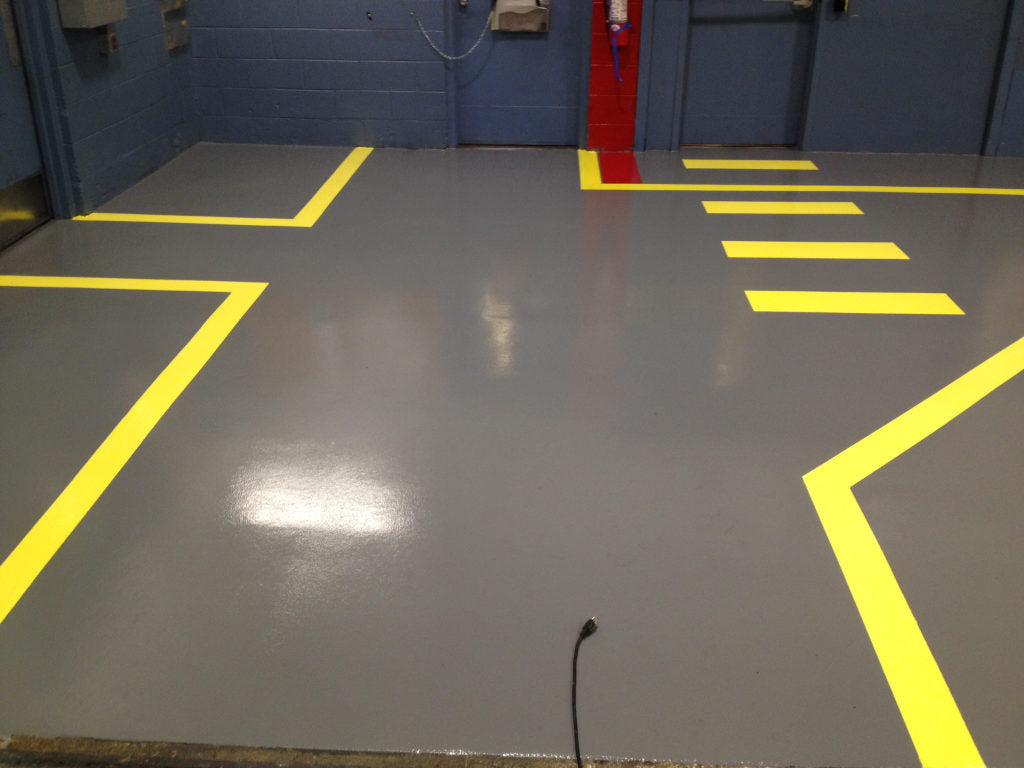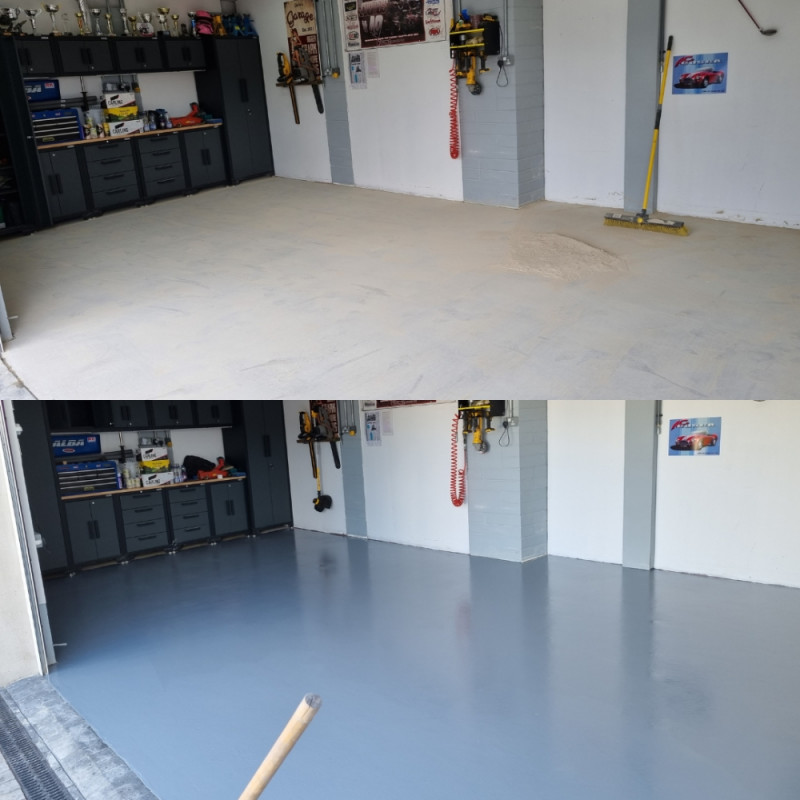The Comprehensive Guide to Comprehending Epoxy Flooring Options and Applications
When it involves floor covering solutions, epoxy stands apart as a flexible and sturdy option, appropriate for a variety of settings from commercial complexes to properties. However, the world of epoxy flooring is elaborate and diverse, with various types each serving distinct objectives. Making an informed choice calls for a deeper understanding of the pros and cons, sensible applications, and the actions to preserve such a flooring solution. Browsing the subtleties of epoxy flooring can be a journey of exploration, using insights into a world usually forgot.

Untangling the Basics: What Is Epoxy Flooring?
Epoxy floor covering, a term commonly heard but seldom explored, describes a flooring surface that contains multiple layers of epoxy applied to a floor with a depth of at least two millimeters. Epoxy, a two-part system being composed of materials and hardeners, develops a strong, resistant, and resilient finish when blended with each other. Its longevity and resistance to oil, oil, and other kinds of chemical spills make it a recommended floor covering alternative for industrial and industrial spaces. Its aesthetic appeal has actually not been ignored, leading to its raised usage in property areas. Aside from its strength and longevity, epoxy floor covering is likewise easy to maintain, calling for very little upkeep. Its setup needs a permeable and tidy surface for appropriate adherence, demanding specialist intervention.
Various Types of Epoxy Floor Covering Solutions
While there is a general understanding of what epoxy flooring is, many may not understand that there are numerous various kinds of epoxy floor covering remedies readily available. One more type is quartz-filled epoxy, which blends high-performance epoxy polymer resin with tarnished quartz grains for attractive areas requiring hygienic and slip-resistant residential properties. Each type serves particular needs, guaranteeing epoxy flooring provides to various needs.
The Advantages and disadvantages of Epoxy Floor Covering
In spite of its numerous applications, epoxy floor covering is not without its advantages and disadvantages. Its pros consist of durability, resistance to use, and lasting sparkle, making it a suitable option for high-traffic locations. Epoxy flooring is additionally resistant to the majority of kinds of problems, including those triggered by chemicals, water, and warm, which includes to its charm.
However, the application process is labor-intensive and calls for a completely dry and clean surface area, which can be a deterrent for some. Additionally, epoxy floor covering can be unsafe when wet, presenting a safety danger. Its solidity, while a strength, can likewise be a disadvantage as it can be uneasy for standing for extended periods. Its aesthetic appeal may discolor over time, requiring reapplication or substitute.

Practical Applications of Epoxy Floor Covering in Different Industries
Serving as a stalwart in various markets, epoxy floor covering locates its usefulness in a varied range of industries. In the manufacturing market, epoxy floor covering's durability and resistance to heavy machinery makes it like it a favored option. Therefore, the flexibility of epoxy flooring makes it an in-demand option throughout numerous sectors.

Actions to Set Up and Keep Your Epoxy Flooring
Offered its considerable applications throughout various markets, it stands to factor that the appropriate installment and maintenance of epoxy flooring is of critical relevance. Setup calls for a clean, completely dry surface area, beginning with the elimination of any old paint or sealer, adhered to by extensive cleansing and drying out. Epoxy Floors. Next, the epoxy blend is prepared, used, and allowed to treat
Routine maintenance makes sure long life and maintains the aesthetic charm of the floor covering. Therefore, appropriate installment and diligent upkeep are crucial for ideal efficiency of epoxy flooring.
Verdict
In summary, epoxy floor covering provides a functional and resilient service for a vast variety of rooms. Comprehending the various epoxy flooring alternatives and their applications can direct you to the excellent option for your room, making sure a floor covering financial investment that integrates durability, performance, and visual charm.
Epoxy floor covering, a term typically listened to but seldom dissected, refers to a flooring surface area that is composed of several layers of epoxy used to a flooring with a depth of at least 2 millimeters.While there is a general understanding of what epoxy flooring is, lots of might not realize that there are a number of various kinds of epoxy flooring options readily available. Another type is quartz-filled epoxy, which mixes high-performance epoxy polymer material with stained quartz grains for decorative areas requiring slip-resistant and sanitary properties.Given its varied applications throughout various sectors, it stands to reason that the appropriate setup and upkeep of epoxy floor look at more info covering is of extremely important importance. Understanding the different epoxy flooring choices and their applications can assist you to the excellent solution for your special info space, guaranteeing a flooring investment that integrates toughness, capability, and visual allure.